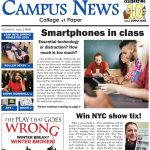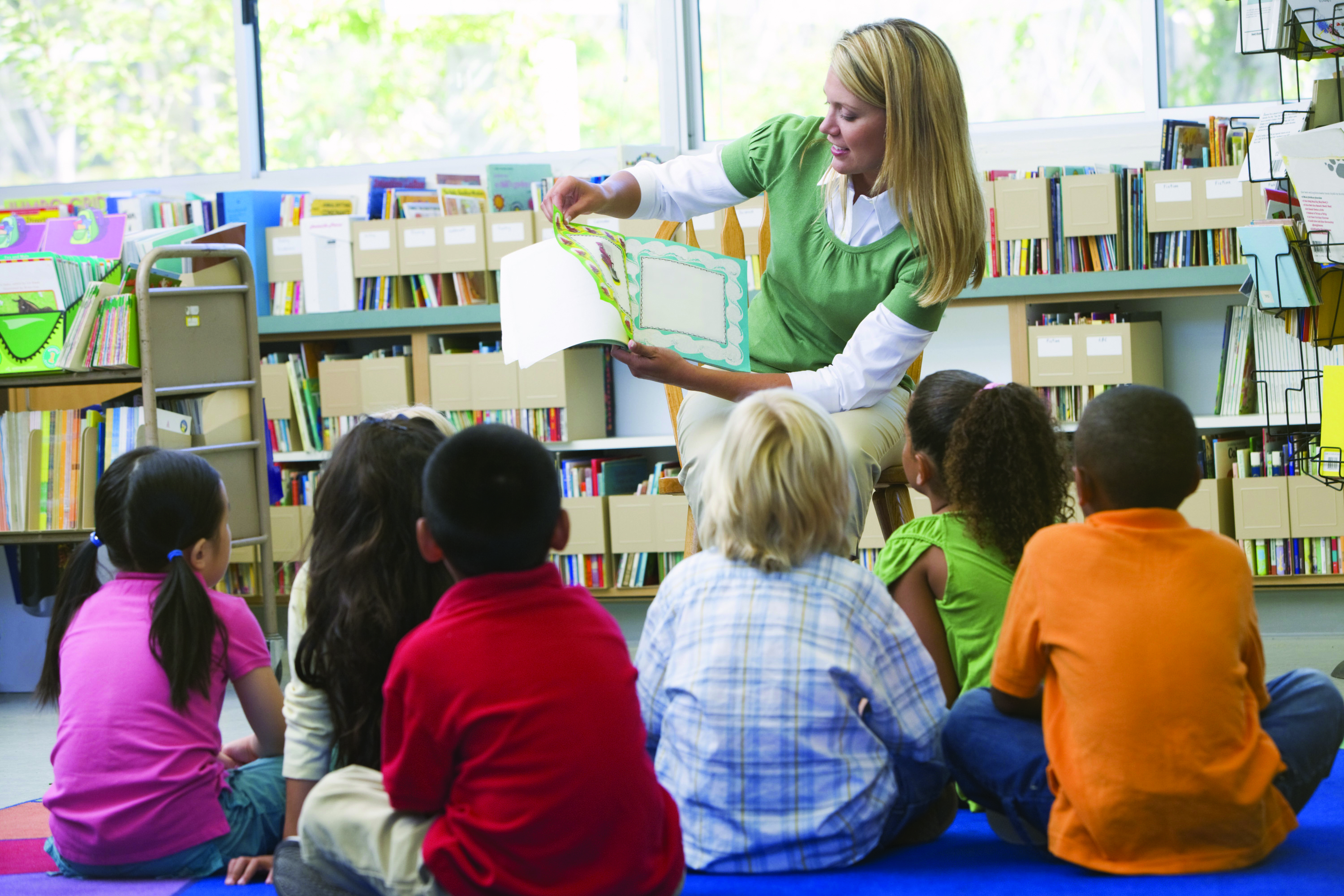By Kaylee Johnson
Campus News
In a mahogany symposium one day before throwing hundreds of students into student teaching, my favorite doctor of education stood in front of her podium and said, “If you think of it as teaching students instead of student teaching, it will alter your entire mindset.” She was right, for inertia came too soon and the rawest part of my identity took a wax bath in selflessness and curriculum; unconditional positive regard and Maslow’s Hierarchy of Needs. Currently, I am student teaching in a low-needs suburban district in Saratoga Springs, basking in the smiles and creativity of my students as they tell me about “The Adventures of Huckleberry Finn,” and I reminisce about my discovery of Mark Twain as a little girl. But this is the first suburban district I have worked in, and the advantages that my current students have are very different than those of my past students in low socio-economic urban school districts.

The disparity between high and low socio-economic schools in Upstate New York is alarming, and in many ways, unethical. If you need proof go into a minimally funded elementary school and take a look at the outdated textbooks, lack of technology, stained chalkboards, under qualified teachers, absence of extracurricular activities and exciting field trips, and poor management of faculty and students.
Meanwhile, in the district where I am currently teaching, students are learning multiple languages, working with established scientists, using all types of innovative and engaging technology and applications that cater to individual learning needs, and have the best teachers who value collaboration and the notion of creating positive learning environments, because they have the motivation of a paycheck that chuckles at the paycheck given to the teachers in poorer districts. My current students are not any more worthy of these advantages than my past students, so why is it that they receive them? Should the location of one’s house or annual income bracket really affect the quality of their public education? Of course not, but politics have snaked their way through the schoolhouse window and a golden cow bell rings only for the select few.
Three months ago I taught a lesson on planets using no technology at a high needs socio-economic elementary school, with just a whiteboard and worksheets, and my students were engaged and deeply interested in the content, but only so much can be done with such few resources and support. The same lesson was taught in my current classroom using laptops, iPads, and SmartBoard technology. The students were able to make PowerPoint presentations and explore the planets using three dimensional models and videos. My past students would have loved to delve further into the topic using computers, but that was not an option for them.
Educational inequality is a topic that’s not often talked about because most people like to believe that public schools are providing children with fair educations. But the word “fair” can take many forms. A fair education for a child with autism is not the same for a track and field star or a STEM genius. Fair is different for each student and when schools try to standardize curriculum and instruction there is a notable decline in comprehension and passion for learning all around. This is the biggest issue I see in high needs socio-economic schools; there are not enough resources to help the students who need help the most. There is limited funding for the best AIS and speech services and oftentimes the faculty are burned out from working tirelessly without the compensation they deserve, so what’s left for the students who show up everyday ready to prosper except newspaper clippings and faded melodies?
Of course it is nice to see my current students attending drama club and using educational technology that I have never seen before, but it’s also sobering. There’s a school across the river with children who also like to play football at recess and read Judy Blume books, but they only have a chalkboard in their classroom, and all of their textbooks are twenty years old. The best teachers are adaptable and can make do with whatever is put in front of them, but the profession is much more enjoyable when resources and higher pay are provided. In fact, “making do” should be obliterated from the underground curriculum completely.
 Kaylee Johnson is a senior education major at the College of Saint Rose in Albany, NY.
Kaylee Johnson is a senior education major at the College of Saint Rose in Albany, NY.







Facebook Comments